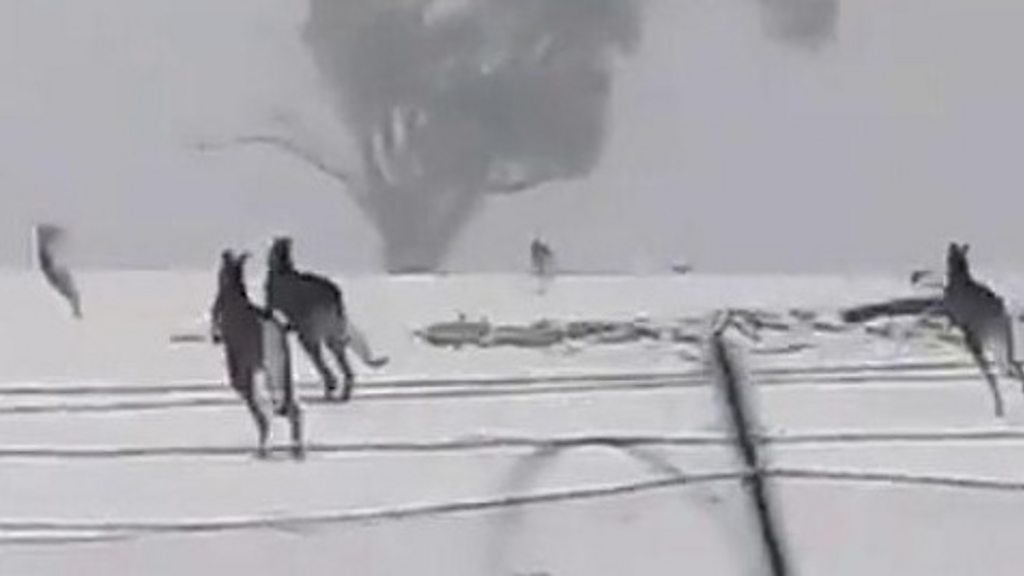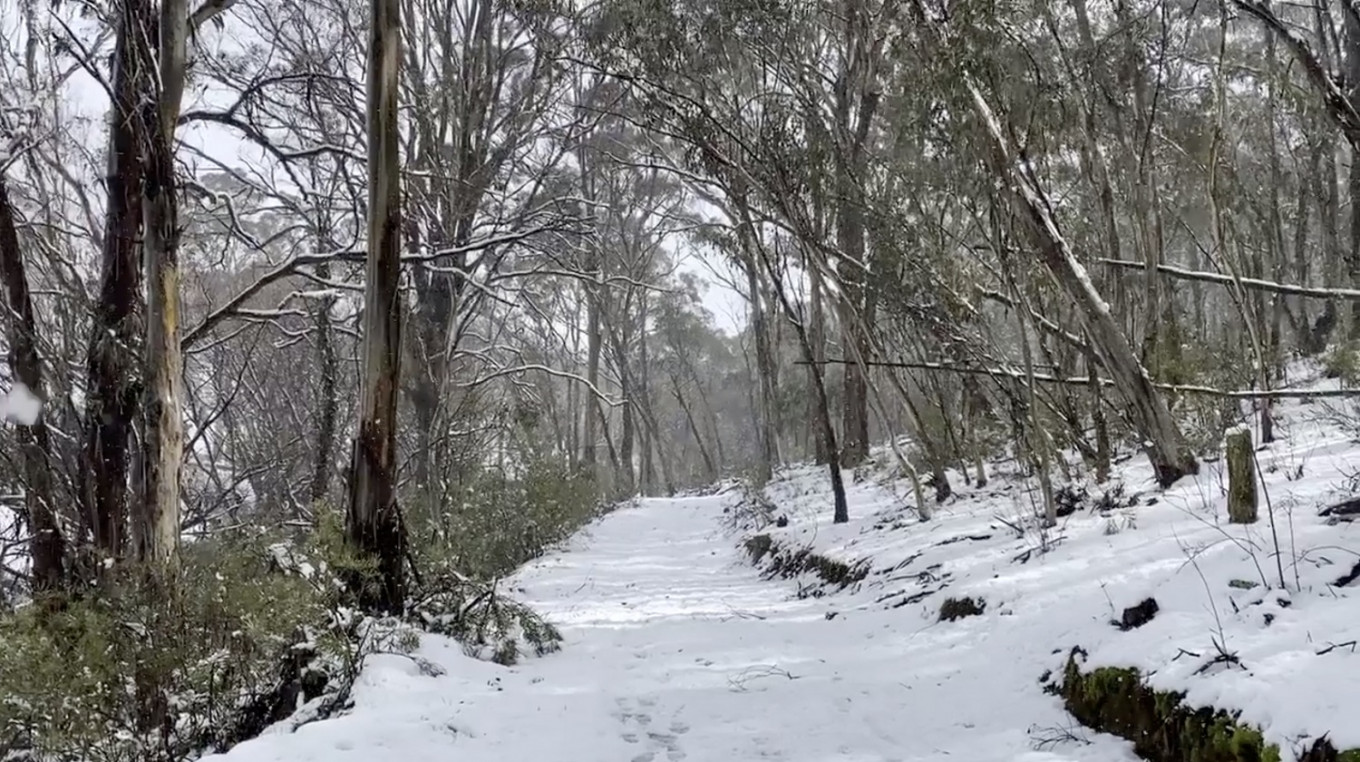Find Out Why Snow In Australia is a Must-See for Travelers
The Different Sorts Of Snow in Australia and Their Effect on Wintertime Sports
Australia, recognized for its sun-soaked beaches, is also home to a varied range of snow problems that substantially influence winter months sporting activities. The following expedition will discuss the effects of these snow types on winter months sports efficiency.

Recognizing the Features of Various Snow Kinds
While many presume that snow is a homogeneous entity, it is important to recognize that there are various types, each with special attributes. In Australia, these variations are especially pronounced due to weather variety. Coastal snow, located in locations such as the Snowy Mountains, is usually wetter and denser due to high moisture content, making it suitable for snowball battles or developing snowmen. On the various other hand, the snow located in the interior areas like the Australian Alps is drier and lighter, often contrasted to a cosy powder. These differences in snow kind aren't just aesthetic; they dramatically influence winter season sports, dictating the convenience of activity, the speed attainable, and the degree of control required from athletes.
The Impacts of Powder Snow on Winter Sports and Snowboarding
Despite its light and cosy appearance, powder snow in the Australian Alps offers both unique difficulties and chances for wintertime sporting activities enthusiasts, especially those taken part in snowboarding and snowboarding. The loose, dry nature of powder snow can originally be difficult to browse for newbies, requiring cautious equilibrium and control. However, for more seasoned specialists, the soft, untracked snow uses an exhilarating experience, enabling vibrant and nimble movement. The forgiving and smooth surface area of powder snow likewise lowers threat of injury throughout drops, making it a preferred choice for extreme winter sports. Yet, it's worth noting, the varying depth and unpredictable nature of powder can in some cases result in covert challenges, requiring continuous watchfulness.

The Difficulties and Advantages of Packed Snow in Winter Sports
Shifting focus from the loosened, completely dry powder snow, one more common sort of snow in the Australian Alps is packed snow, positioning its own collection of obstacles and advantages in the realm of winter season sports. This denser, more solidified kind of snow gives a quicker, slicker surface, benefiting sporting activities like downhill snowboarding and snowboarding, improving speed and accuracy. Nevertheless, the exact same qualities also existing difficulties. Its tough surface can be risky, raising the possibility for injuries during drops. Navigating turns and regulating speed can be hard on jam-packed snow, requiring greater skill levels from professional athletes. In spite of these obstacles, packed snow continues to be an important element in lots of winter season sporting activities, shaping the efficiency and strategies of athletes.
The Duty of Wet Snow in Australian Winter Seasons Gamings
In comparison to the thick, slick surface of packed snow, wet snow plays a completely various duty in Australian winter games. Characterised by its high moisture material, wet snow impacts the speed and control of wintertime sporting activities individuals. Its hefty, sticky nature can be testing for professional athletes, specifically in winter sports and snowboarding where rate and manoeuvrability are crucial. However, its malleability makes it perfect for snow sculpting events and for fortifying snow structures in sports like snow fort battles. In spite of its risks, damp snow introduces a distinct dynamic to winter season games in Australia, testing professional athletes' flexibility and durability, and serving as a pointer of the diverse climate condition they need to be prepared to deal with.

Just How Slushy Snow Influences Winter Months Sports Efficiency
Proceeding the expedition of differing snow problems in Australia, the influence of slushy snow on winter months sporting activities is an additional fascinating element. Slushy snow, resulting from warmer temperatures or direct sunlight, poses unique challenges to athletes. It lowers rate and calls for raised physical initiative as the devices penetrates the soft, water-saturated snow. In snowboarding and snowboarding, slushy conditions can affect the predictability of turns and jumps, raising the danger of mishaps. For snowmobiling, the device's performance might be impeded as it has a hard time to maintain grip. Hence, slushy snow transforms the winter season sports landscape, requiring not only heightened physical effort from professional athletes however also a better focus on safety preventative measures.
Adapting Winter Sports Techniques to Different Snow Conditions

Conclusion
To conclude, Australia's varied snow kinds significantly affect winter months sporting activities performance. Each type, from the slick coastal snow to the drier indoor powder and the hefty, sticky damp snow, offers unique difficulties and advantages. Hence, professional athletes have to adapt their techniques to navigate these varying problems successfully. The snow's developmental duty underscores the importance of understanding its qualities to enhance efficiency and security in Australia's winter months sporting activities landscape.
Changing emphasis from the loose, dry powder snow, another prevalent kind of snow in the Australian Alps is stuffed snow, posturing its very own set of challenges and benefits in the world of winter months sporting activities - Does Australia Get Snow.In contrast to the dense, glossy surface area of jam-packed snow, wet snow plays a totally various function in Australian winter season games. Its pliability makes it suitable for snow sculpting events and for fortifying snow frameworks in sporting activities like snow fort fights.Proceeding the exploration of differing snow problems in Australia, the impact of slushy snow on winter sporting activities is one more intriguing variable. Each type, from the glossy coastal snow to the drier indoor powder and the heavy, sticky wet snow, provides distinct challenges and advantages